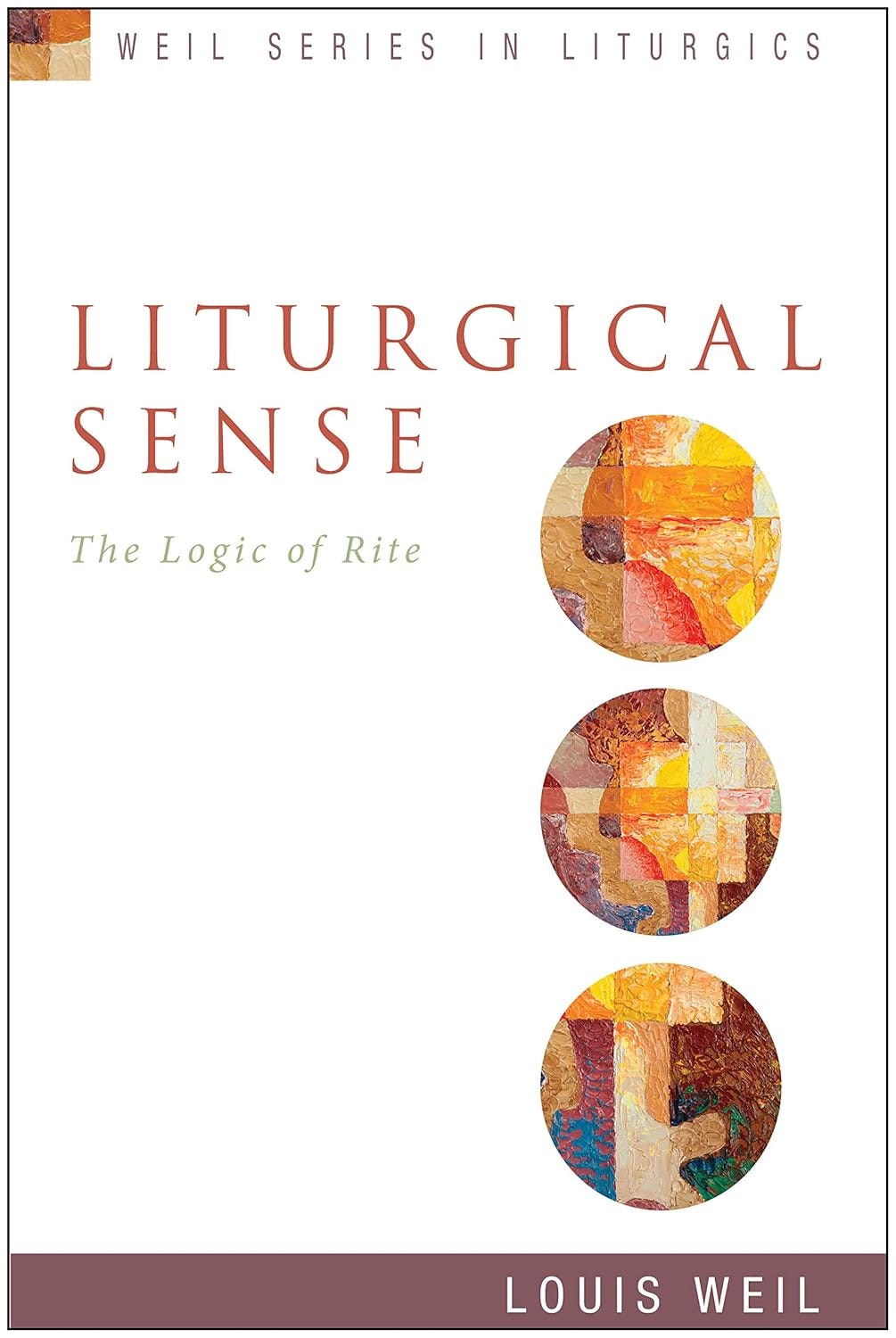Scribblings
What I'm reading in print and on the web (October 2025)
For the first time in a long time, the majority of what I’m reading is in print and not on the web. Between teaching, preaching, and several writing projects, I am surrounded by books, books, and more books. This is the the life!
My colleague, Dr. Daniel Stulac, has just published the third book in his Christological Companion series. Worship and Waste: A Christological Companion to the Book of 2 Samuel is not a commentary. Instead, it is an example of a biblical scholar doing Theological Interpretation of Scripture.
Having taught through 1st and 2nd Samuel in a church context, I am always looking for good resources to read in preparation for our week-by-week gathering (it took a year and a half for my Bible study group to get through 1st and 2nd Samuel as we set out to read and discuss one chapter a week). Too often, commentaries are the least helpful for that catechetical work. My go-to favourites for preparing to teach through 1st and 2nd Samuel are Keith Bodner’s books, National Insecurity: A Primer on the First Book of Samuel and Power Play: A Primer on the Second Book of Samuel.
Stay tuned for a longer post specifically on Worship and Waste.
*****
For fun, I’m re-reading C.S. Lewis’ Till We Have Faces: A Myth Retold. The first time I read this was for my doctoral class on the Atonement with Dr. Joseph Mangina. Coming back to it nearly ten years after that first class, I’m struck by how rich and beautiful the story is.
*****
I am teaching a class on liturgics this fall for the Ridley Institute. Because this is my first time teaching through the course, I’m hip-deep in the readings that the students are required to read. I’m currently reading Louis Weil’s Liturgical Sense: The Logic of Rite. Weil is not shy to share his opinions about misuses of the liturgy, my goodness! He has an extended discussion (rant?) about people adlibbing the words of the liturgy. For example, he doesn’t like it when readers say, “This is the Gospel of the Lord,” instead of “The Gospel of the Lord.” Likewise, he does not like when clergy say, “This is the Body of Christ” instead of “The Body of Christ.” He doesn’t like when a priest serves as deacon in a service and wears the deacon’s robes. And he really doesn’t like how some priests hold the bread over the wine at the doxology:
“Many of have seen an unleavened host suspended over a chalice during the doxology…But this gesture of placing the bread above the chalice for final elevation does not work—or is made far more problematic—when ordinary types of bread are used. Yet I have seen the action performed by presiders, who have somehow accepted the idea that during the doxology the bread should be held above the chalice without any understanding of its historical or liturgical origins. It is at moments like this that the presider’s personal piety and intention can clash with the visual reality for a congregation. If the lifting up of the consecrated Gifts is done only by the presider, one hand can lift the paten and with the other the chalice without an interruption to the flow of the Prayer. The presider may not be aware that holding a loaf of bread above a chalice is visually dissonant if not ludicrous—but that is what the people see.” (Weil, 120).
What are you reading? Let me know in the comments or tag me in your response on the Substack app.





